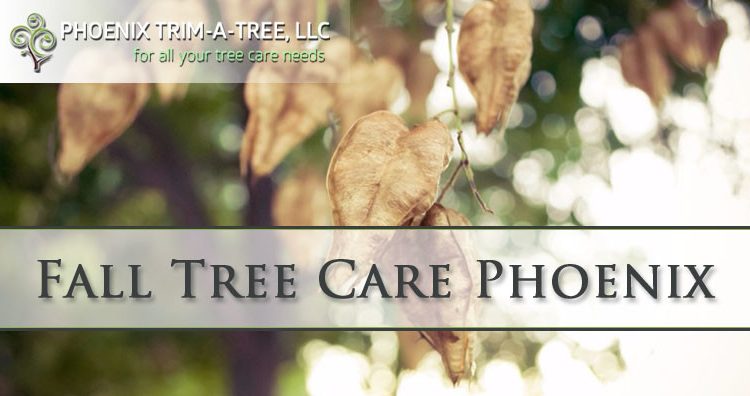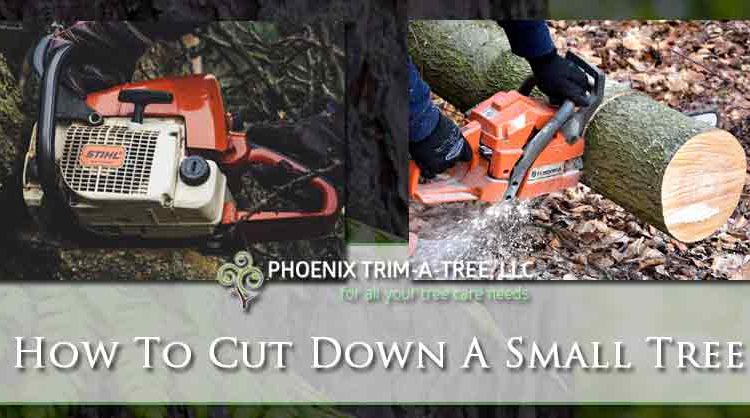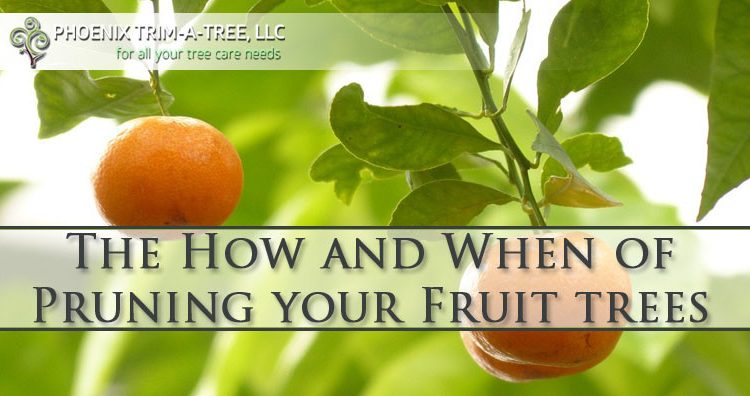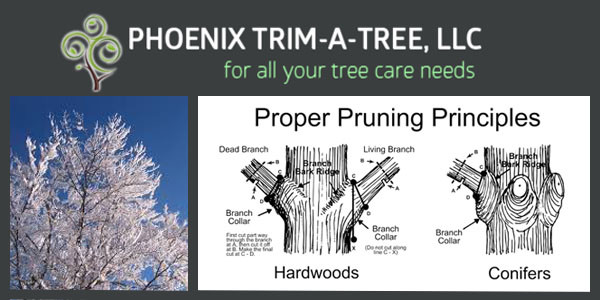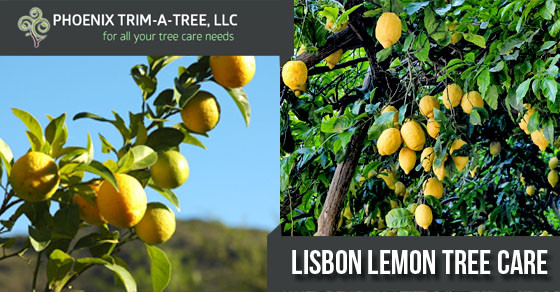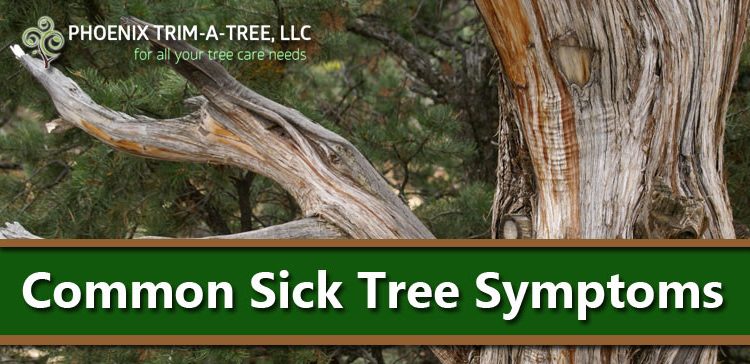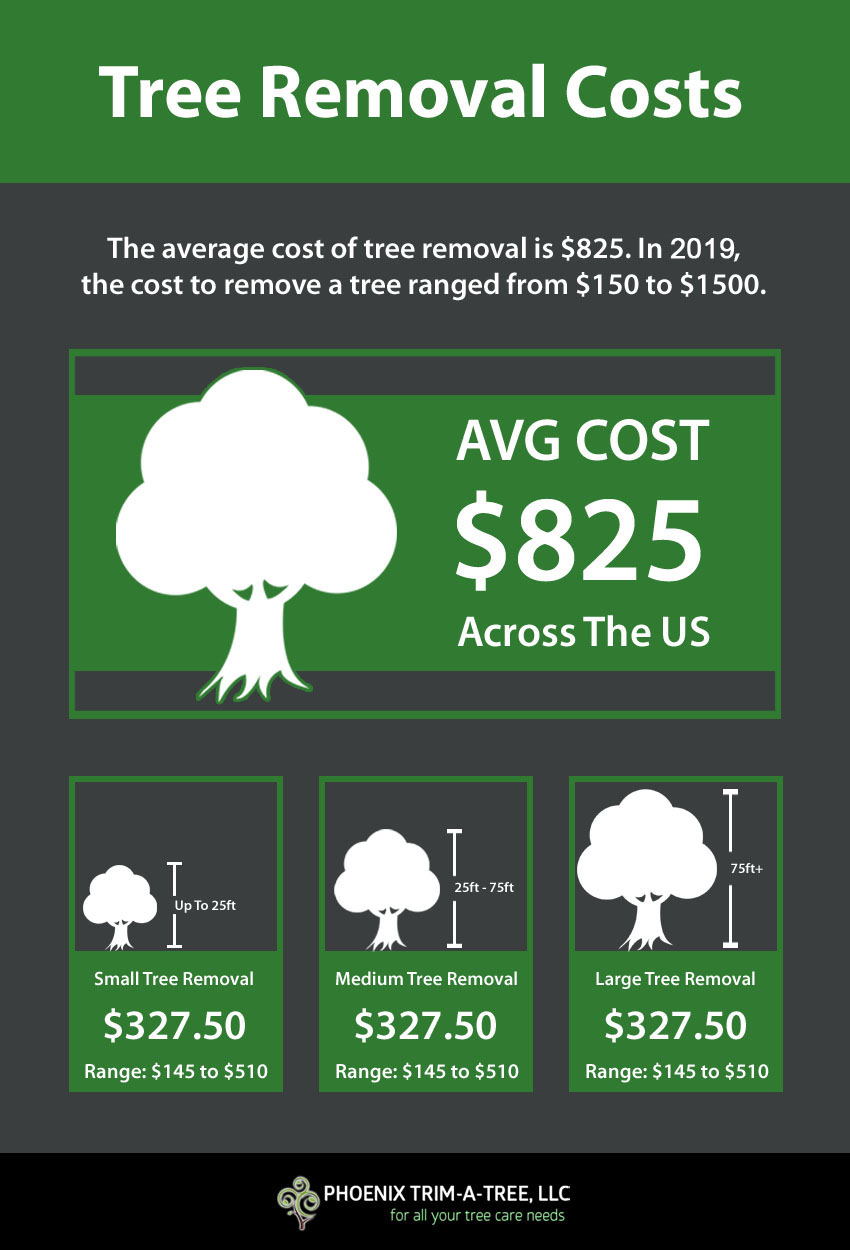Fall Tree Care In Phoenix
FALL TREE CARE IN PHOENIX
GET A FREE ESTIMATE TODAY!
Fall tree care helps prepare your trees for high winds and storms in Phoenix. This prevents potentially serious and costly damage at your home or business. As temperatures begin to fall and so do the leaves our trees need to be prepared for the cooler months in Arizona. While it might seem like there isn’t much we can do to help relieve the stress of colder weather on our trees there are a few steps you can take to help them weather the winter and pop back into life in the spring.
TOP 5 FALL TREE CARE TIPS
The following tips should help you maintain healthier trees that grow better and survive the colder months. Fall is primetime for planting. If you are adding trees to your landscape fall is one of the best times of year to get that job done. Once colder weather has set in the conditions are just right for encouraging new root development. The roots spend the fall and winter digging in deep to get the nutrients and moisture they need and are ready to spring forth and have great top side growth when warmer weather returns. Shrubs and trees that have balled bases are best planted in the fall, for bare root plants it is better to wait a little longer into the cold months for the plants to be completely dormant.
1. PLANT NEW TREES & BUSHES
Fall in the Phoenix Valley is the best time to plant new trees and shrubs. It’s the perfect time of year to plant these new additions to your landscape as it gives them time to establish solid roots before the summer heat. In addition there’s more shade, plants use less water, and you can prep the plant for success with fertilizer. Take full advantage of fall’s cooler temperatures to plant your new fruit tree, evergreen tree, cactus or whichever plant you like best.
2. KEEP WATERING THROUGH THE YEAR
Drought isn’t just a summer occurrence. While it might seem like all your trees are doing is hibernating during the winter months they still need water. Don’t forget to continue watering your trees through the cooler months as long as there isn’t any freezing.
3. PROVIDE SOME INSULATION ON SOIL
Use mulch to your advantage. Not only does mulch increase the nutrient content in the soil around your trees, but it can have an insulating effect during the cooler months. Use composted organic mulch around the base of your tree and it will help reduce temperature exposure and help retain the water during these months.
4. GET THE PRUNING DONE
Fall is prime pruning time. When the leaves drop it is a good time to be able to see the way your tree is growing and notice rouge branches that aren’t going where you need them to. It is also when the tree is more dormant and will endure the trimming and pruning better. Pruning in the right way and at the right time of year is critical to having a healthy tree that is the pride of your landscape.
5. PROTECT TREES FROM PESTS & ANIMALS
Prevent mechanical damage to your trees. While snow and ice isn’t typically a problem in southern Arizona different type of animals can chew on the trunks of our trees and cause damage. You can wrap younger trees in hard plastic guard, or a metal hardware cloth. Plastic cloth or burlap can be used in colder Arizona climates to provide additional insulation to help younger trees weather the colder months.
WHAT MAKES FALL TREE CARE IMPORTANT?
The extreme heat that Arizona is famous for weakens trees. This makes them more prone to infestation. Taking steps to help your trees recover for the heat before the winter sets in helps keep them growing for years to come. During the fall and winter some storms have increased wind speeds and heavy rainfall. These conditions test the health of trees and can spell disaster. When we care for and prune sections of the tree that are not healthy we remove the sections carefully. When wind or nature removes a limb or branch it does so forcefully and can damage the tree where it breaks off.
PROFESSIONAL FALL TREE CARE IN PHOENIX
Phoenix Trim-a-Tree has all of the knowledge, equipment, and training to safely carry out all of your tree trimming, pruning, and fall tree care in the Phoenix valley. It is important to get the work done for the health of your trees and landscape. It can be as easy as a phone call to have safe and professional tree service.

